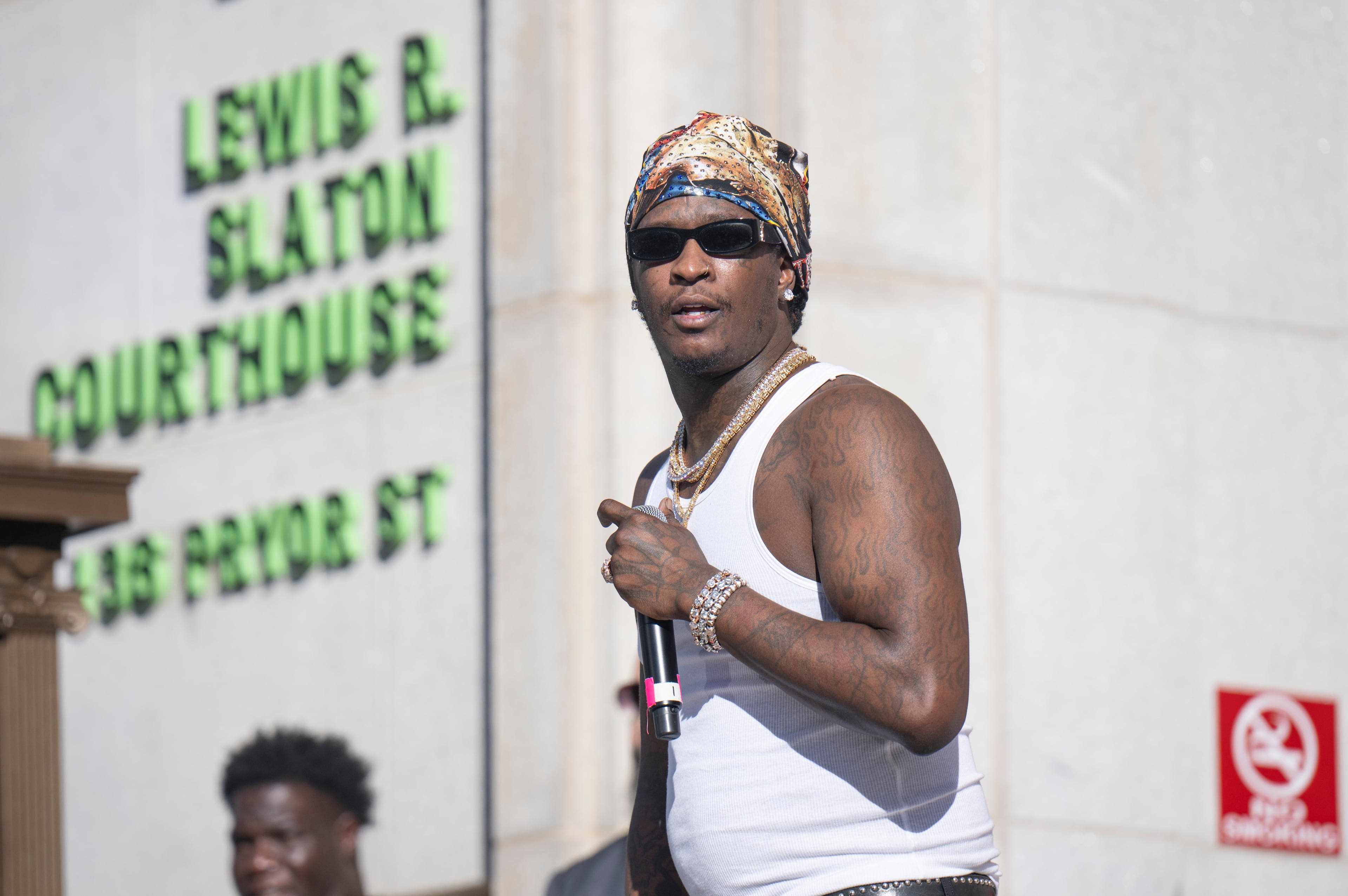Georgia has national parkland — just not national parks
National parks. National battlefields. National monuments. National wild and scenic rivers and riverways.
The federal government manages a bafflingly large number of public lands — 411 “total units,” in National Park Service parlance — nationwide as well as the Virgin Islands, Guam and American Samoa.
“The numerous designations within the national park system sometime confuse visitors,” the Park Service explains without sarcasm.
No national parks — the iconic granddaddies of the park system including Yellowstone, the Grand Canyon and the Great Smoky Mountains — grace Georgia. But we have a national recreation area (the Chattahoochee River), a national seashore (Cumberland Island) and a portion of a national scenic trail (the Appalachian).
And we’ve got beaucoup battlefields and historic places. Kennesaw Mountain National Battlefield Park, if Congress approves, will add 8 acres and a historic farmhouse to its 3,000-acre spread.
Two Georgia sites — the Martin Luther King Jr. National Historic Site in downtown Atlanta and the Ocmulgee National Monument in Macon — await congressional approval to expand and attain greater park status. Both would become national historical parks, a largely semantic designation that includes more than one building or property.
“Everyone is familiar with the national parks,” Ocmulgee Superintendent Jim David said. “All the other ones are confusing.”


